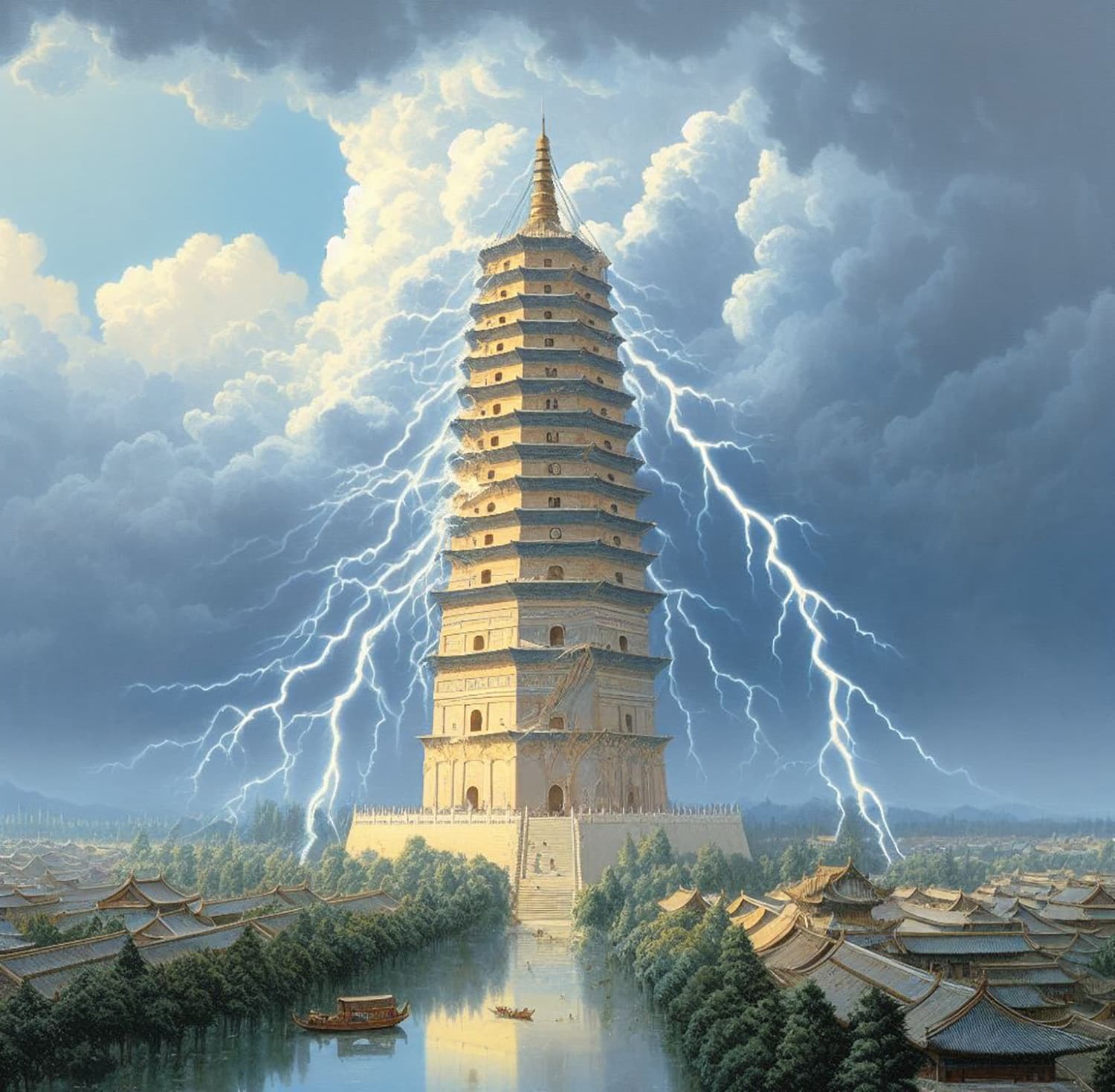Yongning Pagoda: World’s Tallest Building Until Destroyed by Lightning
18 years after its construction, lightning struck the Yongning Pagoda and destroyed it. Allegedly 878 feet tall, it was likely the tallest building in the world between 516 AD and 534 AD.


